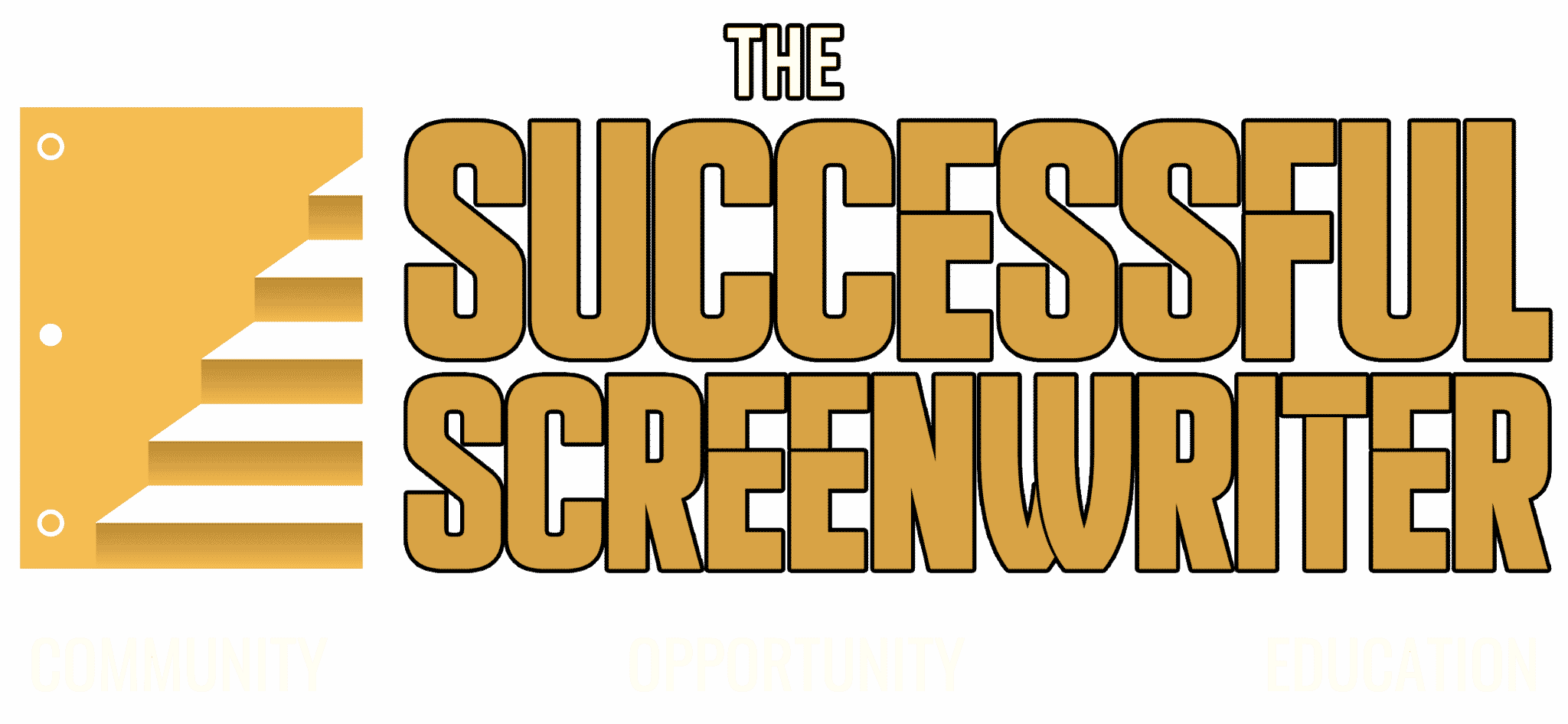
Storytelling is as old as fire, perhaps older. No matter the medium, there is always a way to weave drama, suspense, comedy, and character into it. As screenwriters, we’re accustomed to weaving these elements into our features, pilots, and shorts. There is one storytelling medium that’s been on the rise in past decades.
Video Games are the movies we get to play and the characters we get to mold. Are they explorative or impatient? Are they forgiving or merciless? Narrative games, such as Life is Strange and Until Dawn, allow players to make choices that affect the overall story. More classic video games break up long periods of play-time with short world-building cutscenes.
There are still age-old rules that reign true in every medium of storytelling, even video games. Writers will still be breaking the game up into three acts. They’ll still be ‘showing’ not ‘telling,’ and they’ll most certainly be developing compelling characters. If you find yourself writing the ‘script’ for a classic video game (player-controlled characters), there’ll be lots of helpful tools you can pull from your screenwriting know-how. Here’s how writing for video games can be similar (and different) to writing for film.
Some of the best characters ever written are the ones that are completely unfit for the task at hand
Formatting – Cutscenes vs. Gameplay
When it comes to cutscenes, you should stick to the formatting you’re used to. Cutscenes are the movie we’re watching broken up by gameplay. They’re meant to build the characters and progress the narrative forward. They should be written the same way you’d write any other screenplay. The most well-crafted example of great storytelling in video games comes from The Last of Us series, a pair of zombie-survival games that will leave players in tears by the end.
When it comes to actual gameplay, it’s important to keep in mind that most of the story is being told in ‘1 shot.’ While playable characters are moving between different areas in a level, writers can play loosely with the formatting. Remember, players are in complete control of where the character goes and what the character does. All we can do as writers is lay the ‘path’ they’re inevitably supposed to follow.
Writers who have played their fair share of video games should have a concrete understanding of how they work. Use objectives to push the narrative forward. Not only is the writer building characters and writing dialogue, but they’re also working with developers to come up with mission objectives. Objectives are the ‘plot’ of the level. When in doubt, rely on the ‘Rule of Three.’
First Person vs. Third Person
A picture is worth a thousand words; an expression can be worth a million. Some of the greatest lines ever written were strengthened by the reaction they garnered from another character. Some of the most emotional scenes ever written were driven by the tears rolling off the protagonist’s cheeks. 99% of films are shot in 3rd person (outside of found-footage horror and avant-garde pieces). We have the character’s face in full view when it needs to be, and it acts as a vital storytelling mechanic. This isn’t necessarily true in video games.
It does depend on the game and the developer’s vision for it. Some games never leave the first-person perspective like most of the Call of Duty and first-person shooter games. As writers, it’s important to know if the player will ever see the protagonist’s face. Outside of cliche mirror scenes, writers will have to adapt to other non-verbal ways of communicating their protagonist’s emotions.
Third Person games can make this job easier, but players will still be staring at the back of the character’s head for most of their time together. Unless you’re writing for big-name franchises with big-name money, your hands will be tied to what can work in the animation budget. As much as we hate writing ‘on the nose,’ it is acceptable in the world of video games to a certain extent.
Character is the cornerstone of any good story.
Working as a Team
If you find yourself writing a video game, you’re probably working with a team of animators, developers, and editors. If you’re making your own video game, that’s great! However, this segment isn’t for you. You aren’t trying to sell this script. You aren’t looking to enter it into screenwriting contests or festivals. This script is the blueprint that animators and level designers will use to bring the game to life. It’s what developers will use to create main objectives and side-missions. In short, this ‘script’ is probably going to look like a jumbled mess through its first few drafts and end up molded into different versions depending on what the team needs. Don’t get bogged down by the formalities of a feature screenplay. Add notes, questions, thoughts, and goals right into the body of the text.
Character Building
Character is the cornerstone of any good story. However, there is room for every individual player to weave a little bit of themselves into the protagonist when it comes to video games. Side-characters can be more important in video games than in film, especially in a 1st person game. The side-characters are the only ones players are actually ‘seeing’ and can’t control. Their actions and decisions drive the drama in the story.
Some of the best characters ever written are the ones that are completely unfit for the task at hand; however, they’re the only ones able to do it. (i.e., the mother who’s terrified of the dark must venture into a deep cave to rescue her son)
This isn’t widely common in video games, especially in more action-driven pieces. Let’s take Ghost of Tsushima, a samurai action-RPG set in feudal Japan. The game’s protagonist is a trained Samurai. He’s, arguably, the best warrior in a 100-mile radius. His character is fully capable of completing the task at hand. However, his ‘hero’s journey’ is done through skill trees and unlockable abilities. The same can be said for most First Person Shooters as well. Players are usually controlling a seasoned police officer, a highly-skilled marine, or a career criminal.
Don’t be afraid to give your video game characters everything they need to complete the job. It’s up to the player to complete the mission, not the character. An ill-equipped character (outside of the player’s choice) won’t make for an entertaining game.
1 Page = 1 Minute (Kind of)
This is a concrete law that all screenwriters hold true. However, in the video game world, writers aren’t necessarily bound to page limits. A game is as long as the player wants it to be. Writers can adapt to this by writing multiple different dialogues during periods of exploration. For example, should the player decide to search every corner of a particular building, writers will want to have ‘Trigger’ dialogue that may never get said. This is where loose formatting comes back into play as there will be lots of, ‘if this then that’ littered through the script.
In a nutshell, one page of the gameplay script could take a player 10 minutes to complete. Don’t be afraid to get wild and creative. However, keep in mind that the heat of battle is no time for dialogue-driven character development. Cutscenes, however, will still hold to the ‘1 page = 1-minute’ law
Michael Colucci is a life-long creative with a deep love for film and video games. He currently works as a content writer for ScreenRant and is developing the story and writing the dialogue for an upcoming video game.
BECOME A MEMBER & GET ACCESS TO:
- Screenwriting Courses
- Free Hollywood Screenplays to download
- Free Instructional Videos
- Uncut interviews with Industry Screenwriters
Sponsors
- The Guide For Every Screenwriter – (Paperback) (Free Ebook)
- We Fix Your Script – (Free Consultation)
- Script Summit Screenplay Contest – (Early Bird Submission)
Keep in touch with The Successful Screenwriter
Facebook – The Successful Screenwriter
Twitter – @screenwriterpod
Instagram – @thesuccessfulscreenwriter
Youtube – The Successful Screenwriter
CHECK OUT OUR COMFY SWAG


